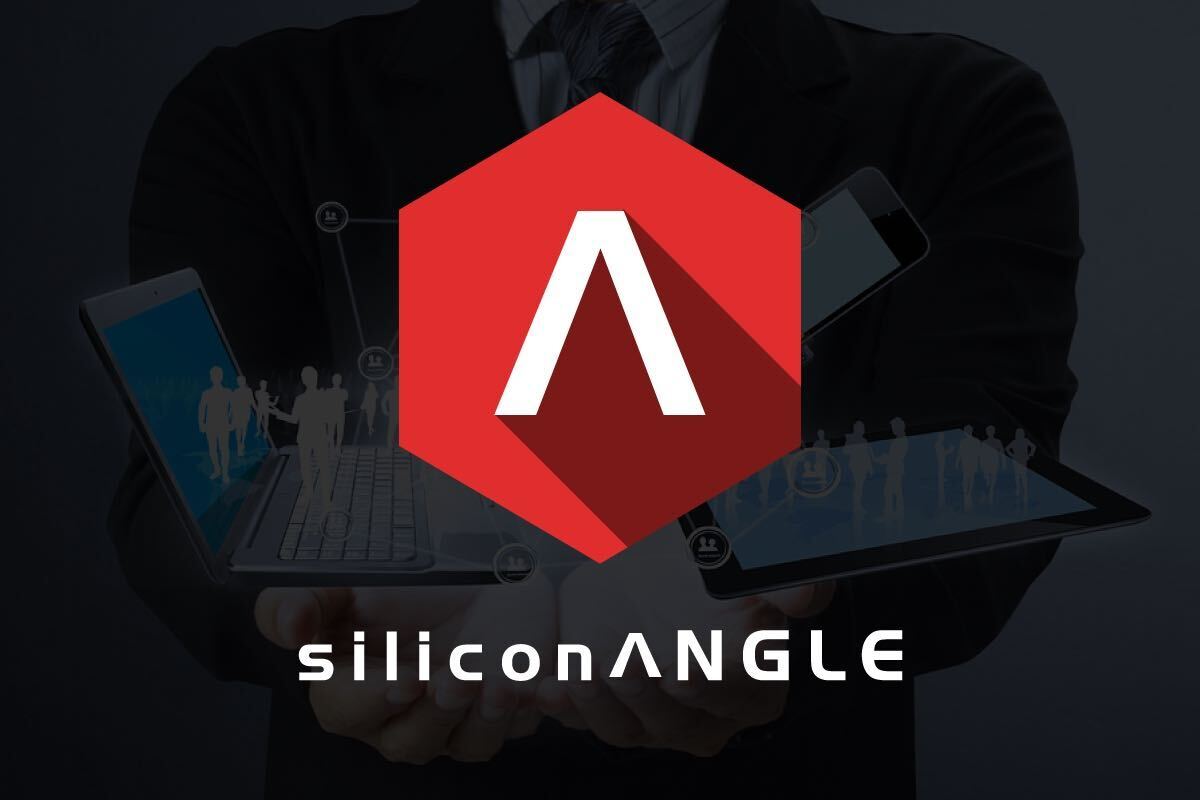


![]() During the Dell World 2012 Conference, SiliconAngle’s founder John Furrier and Wikibon’s Chief Analyst Dave Vellante had the opportunity to sit down and talk with Ashish Gupta, Director of Marketing at
During the Dell World 2012 Conference, SiliconAngle’s founder John Furrier and Wikibon’s Chief Analyst Dave Vellante had the opportunity to sit down and talk with Ashish Gupta, Director of Marketing at
Violin Memory, about flash memory’s application and advantages in the world of data storage (full video below).
Gupta began by giving us an update on Violin’s strategic partnership with Dell, and how their advancements with flash memory are going to change the data storage market. Flash is going to create a wave in the storage industry, Gupta assured us, and he states that this idea is fundamental to everything that Violin does. Indeed, Violin is one of
the leading groundbreakers in this new flash mega-trend, and their goal is to prove that flash is more than just a cache layer.
To help elaborate on that goal, Gupta explained that Violin would bring storage, the last vestige of non-silicon environment, into this century by introducing a foundationally restructured storage system that is completely designed for flash. This system would upgrade flash from an expensive solution to particular problems, to an entirely new
way of managing data.
Dave Vellante asked Mr. Gupta what value customers would get out of using Violin’s flash-based network, as opposed to spinning-disk infrastructures. Gupta highlighted two key points. First, when operational efficiency in considered, I/O’s become critical.
Considering that a flash-based set up would vastly cut down on I/O wait times, Violin Memory is offering customers one of the most economical solutions available. Additionally, Gupta reminded us that we should also look at flash from an application economics perspective. Flash can reduce the computing resources needed to run the same applications and, in some cases, even decrease actual application license requirements, which would lead to more productivity over time.
Violin is offering users storage at the speed of memory, without any of the drawbacks. Gupta stated that customers will see potential in Violin Memory’s flash-based storage system primarily because there is real value to it, but also because they can take advantage of it without disrupting their environment.
See the full interview below.
Support our mission to keep content open and free by engaging with theCUBE community. Join theCUBE’s Alumni Trust Network, where technology leaders connect, share intelligence and create opportunities.
Founded by tech visionaries John Furrier and Dave Vellante, SiliconANGLE Media has built a dynamic ecosystem of industry-leading digital media brands that reach 15+ million elite tech professionals. Our new proprietary theCUBE AI Video Cloud is breaking ground in audience interaction, leveraging theCUBEai.com neural network to help technology companies make data-driven decisions and stay at the forefront of industry conversations.